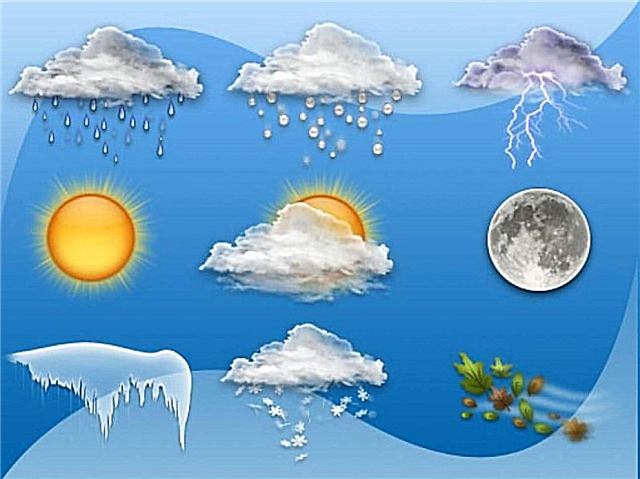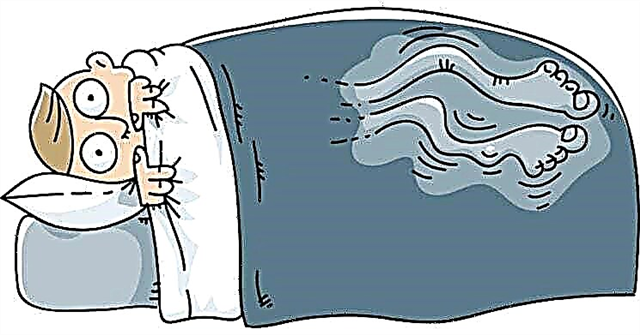
Magnets, such as toys stuck to your home refrigerator, or horseshoes that were shown to you at school, have some unusual features. In addition, they have poles.
Zoom in on two magnets. The south pole of one magnet will be attracted to the north pole of another. The north pole of one magnet repels the north pole of the other.
Magnetic and electric current
The magnetic field is generated by electric current, i.e. moving electrons. Electrons moving around an atomic nucleus carry a negative charge. The directed movement of charges from one place to another is called an electric current. An electric current forms a magnetic field around itself.

This field with its lines of force, like a loop, covers the path of electric current, like an arch that stands above the road. For example, when a desk lamp is turned on and current flows through the copper wires, that is, the electrons in the wire jump from atom to atom and a weak magnetic field is created around the wire. In high-voltage transmission lines, the current is much stronger than in a table lamp, so a very strong magnetic field is formed around the wires of such lines. Thus, electricity and magnetism are two sides of the same coin - electromagnetism.
Electron motion and magnetic field
The movement of electrons inside each atom creates a tiny magnetic field around it.An electron moving in orbit forms a vortex-like magnetic field. But most of the magnetic field is created not by the movement of an electron in its orbit around the nucleus, but by the movement of the electron around its axis, the so-called electron spin. Spin characterizes the rotation of an electron around its axis, like the movement of a planet around its axis.
Why materials are magnetized and not magnetized
In most materials, such as plastics, the magnetic fields of individual atoms are randomly oriented and cancel each other out. But in materials such as iron, atoms can be oriented so that their magnetic fields add up, so a piece of steel is magnetized. Atoms in materials are connected into groups called magnetic domains. The magnetic fields of one separate domain are oriented in one direction. That is, each domain is a small magnet.
Different domains are oriented in a wide variety of directions, that is, disordered, and quench each other's magnetic fields. Therefore, a steel strip is not a magnet. But if we manage to orient the domains in one direction, so that the forces of magnetic fields add up, then beware! The steel strip will become a powerful magnet and will attract any iron object from a nail to the refrigerator.
Interesting fact: mineral magnetic iron ore is a natural magnet. But still, most magnets are made artificially.
How do magnets
What force can cause atoms to form a slender line to make one big domain? Place the steel strip in a strong magnetic field.Gradually, one after another, all domains will turn in the direction of the applied magnetic field. As they rotate, the domains will draw other atoms into this motion, increasing in size, literally swelling. Then the identically oriented domains will connect, and now, please, the steel strip turned into a magnet.
You can demonstrate this to your comrades with an ordinary steel nail. Put the nail in the magnetic field of a large horseshoe magnet. Hold it there for several minutes until the nail domains line up in the right direction. As soon as this happens, the nail will briefly become a magnet. With it, you can even pick up fallen pins from the floor.












